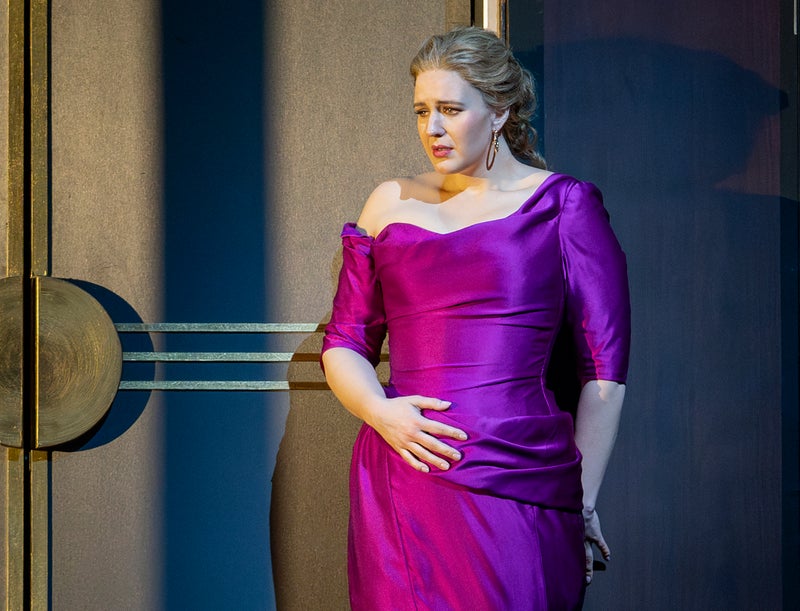Exclusive: sketches for Introduction and Allegro for Strings had been removed from sketchbook by composer in 1930. The British Library has acquired previously unknown sketches and drafts by Sir Edward Elgar for one of his best-known masterpieces, Introduction and Allegro for Strings.
![[Pages of musical notation]](https://i.guim.co.uk/img/media/162127e433f4e04f87a0cfe5d8c502aee47b9034/126_0_3780_2268/master/3780.jpg?width=445&dpr=1&s=none&crop=none)
Spanning 15 pages, they shed light on the creative process of Britain’s most revered composer. One bears the beginnings of an unknown organ piece on which he had started work. The library will announce the acquisition on Sunday to mark the 91st anniversary of Elgar’s death.
Having made his name with The Enigma Variations and The Dream of Gerontius, Elgar completed the virtuosic Introduction and Allegro in 1905 during what is considered to have been his finest decade. He conducted its first performance by the then newly formed London Symphony Orchestra, which had commissioned it. With this work, it has been said, Elgar extended the expressive language of string instruments.
In 1930, four years before his death, he tore out sketches from one of his sketchbooks and gave them to Frank Webb, his former violin student, with whose descendants the pages had remained until now. Webb’s son, Alan, later recalled: “On occasion, he [Elgar] would visit my father … Once, he pulled some manuscript sheets out of his pocket and said: ‘Here, would you like these?’ ‘These’ were sketches for the Introduction and Allegro.”.
The library’s acquisition means the pages will be reunited with the rest of the sketchbook for the first time since then. Sandra Tuppen, the library’s head of music collections, said this collection was “significant for the light that it shines” on Elgar’s creativity.
“We’ve already got in the library very preliminary sketches for the piece and the autograph manuscript of the final version,” she said. “This new acquisition is important because it fills that gap. It shows him putting together the pieces, fleshing out ideas. We didn’t have anything comparable before.”.
Tuppen said all the music in the sketches was used in the final version, but not always in the same order. “For researchers, this will be an opportunity to forensically analyse how he composed the piece.”. She added: “This is the first time it’s come to light. It’s completely unknown to scholars, as far as I’m aware. It’s not mentioned in any reference books. So it will be an opportunity now for scholars to study it and to use it when making new editions.”.
The piece was scored for string quartet and string orchestra. Tuppen said: “In the manuscript, you can see him … writing in the names of the instruments that he wants for different sections. So he’s already working out the orchestration in the sketches.”.
One of the melodies, known as the Welsh Tune, was inspired by distant choir singing that Elgar heard while on holiday in Wales in 1901. Tuppen said: “The Welsh Tune comes several times in the manuscript. He’s working out the harmony. Then, at the very end, he’s got the full orchestrated version as it appears in the final work. So you really see him working through it in the manuscript.”.
The library boasts the world’s largest collection of Elgar’s original manuscripts and letters. It received a large amount of material direct from his daughter, Carice. She had given the sketchbook to a close friend, who in turn donated it to the library in 1984.
The British Library has now paid £50,000 for the torn-out pages in a sale organised by Christie’s private sales on behalf of Webb’s descendants. If such a collection had come on to the open market, it probably would have fetched much more due to its rarity, Tuppen said. “Christie’s approached us direct to ask if we would be interested in having a look at it because they thought it might well relate to material in our collection. I identified which sketchbook the material came from.”.
She speculates that Elgar tore out those particular pages because Webb was a violinist. “They weren’t just random pages, because the manuscript from which he tore them contains lots of other works, including some vocal pieces. So it looks as if he particularly picked the sheets to give to his friend.































